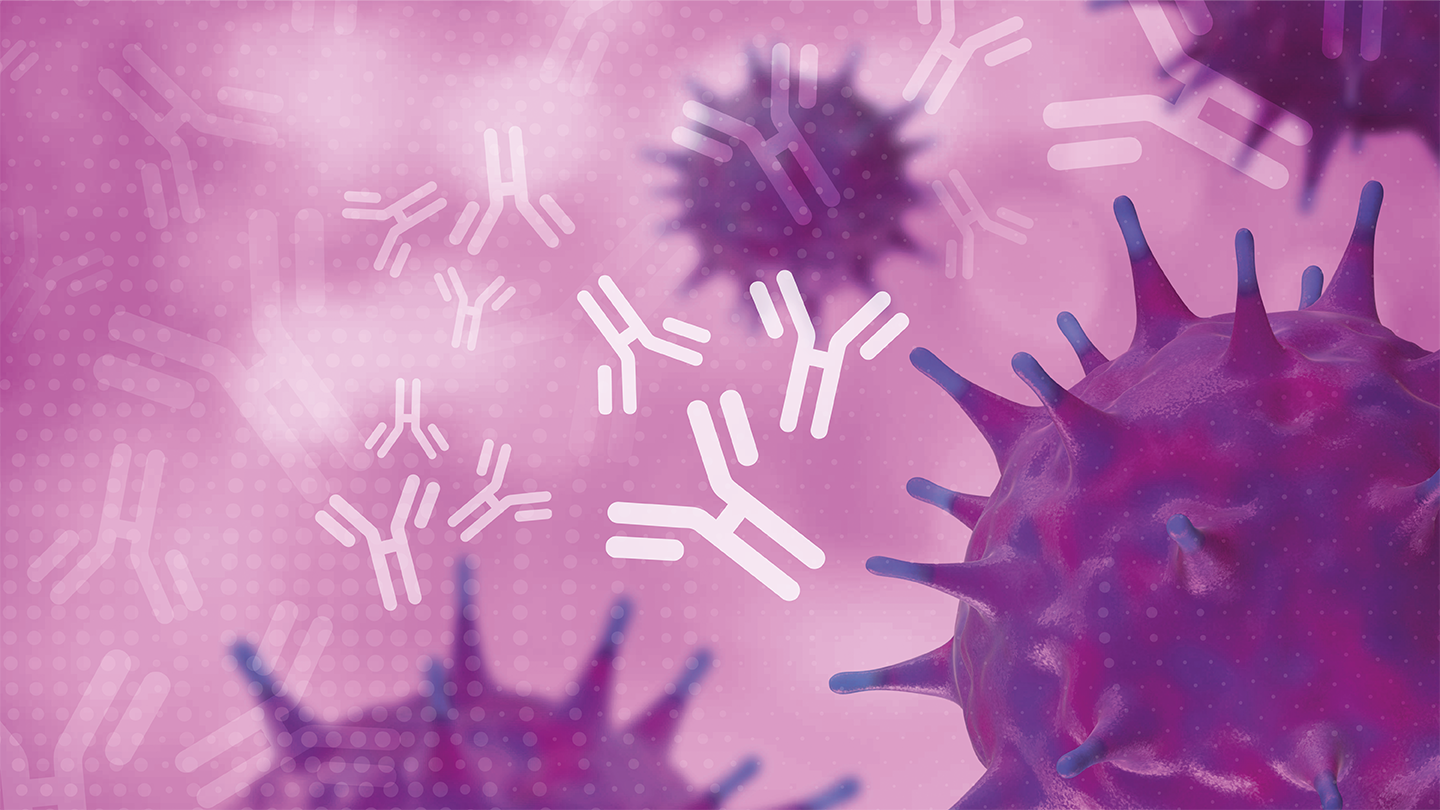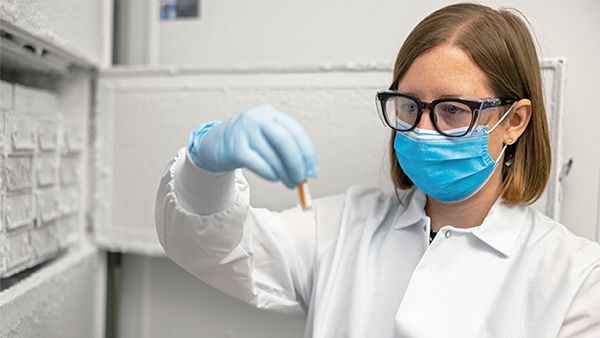On the Cusp of a Candida Catastrophe
Cases of C. auris are on the rise, but we are far from being equipped to deal with them
Despite fungi being their own kingdom of life, mycology has traditionally been the neglected child of microbiology – an afterthought when teaching microbiology, defining diagnostics, or making new medicines. As opposed to bacteria and viruses, fungi are closer to humans because they are eukaryotic cells, but sharing the same type of genetics and cell structure makes developing novel antifungals more difficult because of the looming possibility of the medication being toxic to humans – something we don’t typically encounter when developing antibacterials or antivirals.
Fungal infections used to be rare, occurring in very immunocompromised patients, but, as medical science has advanced and people are surviving longer, the cost is our immune system. We now deliver very advanced therapies for rheumatic and autoimmune diseases, and there are massive numbers of immunocompromised people that are vulnerable to fungal infections, which is the biggest risk factor. Only recently have fungal infections become more important and prominent in healthcare, but this has caused a 10–20 year lag behind bacteriology, biology, diagnostics, and the discovery of new therapeutic agents.
The rise of Candida auris
Deemed as a critical priority pathogen by the World Health Organization (1), Candida auris is a particularly interesting fungi that’s been receiving a lot of attention recently. C. auris was first reported in 2009 in an ear infection patient in Japan and, just like any new candida species, it was reported and went largely unnoticed. That was until the early 2010s when we started to see more outbreaks – primarily in Asia but also in Venezuela and other countries around the world. When a hospital in London, UK, experienced a large outbreak it sounded the alarm that C. auris wasn’t just another new cryptic candida species – it could actually cause outbreaks in hospitals and be problematic.
Even more worrying was that it was immediately resistant to the most common class of antifungals (azoles), sometimes resistant to echinocandin (the main class used for disseminated diseases), and occasionally resistant to Amphotericin B, which is mycology’s drug of last resort that normally covers all infections but doesn’t get used much because of its toxicity. To top it off, it is sometimes resistant to all three drug classes, leaving us with no known treatment.
Over the past five years, it has spread rapidly worldwide; reports of C. auris causing outbreaks in hospitals are coming from almost every country. Hospitals are the perfect battleground because of the nature of the healthcare environment, and sometimes, when we have no treatment options left, the patient dies. Indeed, the mortality rate for yeast infections in the bloodstream – where we most often find it causing disseminated disease – is around 60 percent.
The CDC recently released data showing C. auris screening cases tripled from 2020 to 2021 and further increased in 2022 (2). It was initially contained in the eastern part of the US, now it’s statewide and quickly overtaking not only long-term care settings, which was traditionally where we were seeing US cases, but acute care settings as well. We are on the cusp of declaring an outbreak of an agent that transmits very efficiently in hospitals and long-term care settings – and we have very limited therapeutic options to fight it.
Endemic maps are changing
A changing world is changing the patterns of fungal infections. One theory of C. auris’ emergence is linked with climate change and bird migrations, where the yeast became more tolerant to warmer environments and was able to come out of the marshlands and disseminate to the world.
There’s evidence to show that as the world gets warmer, we are experiencing more wind and storm events that germinate and disseminate fungal spores. Coccidioidomycosis, an infection typically seen in the US that is endemic to the California/Arizona area, is a good example of this. With climate change, more storms, and higher winds, we’re starting to see coccidioidomycosis in places you normally wouldn’t, such as the midwest or the East Coast.
Here in Houston, Texas, we recently reported an increase in mould fungal infections in immunocompromised hosts after Hurricane Harvey – a massive flooding event that caused a lot of moulding households and immunocompromised host-acquired infections.
If it’s broke, fix it
We urgently need new antifungals and better diagnostics, given that we’re relying on technology from the 1960s to initially isolate the fungi. Only once the fungi grows do we have newer technology at our disposal, but that takes two to three days…
We have seen some incredible advances in microbiology when it comes to bacteria or viruses. But historical rarity has slowed the adoption of contemporary molecular microbiology techniques in the fungal diagnostic arena. A significant lack of funding is mostly to blame – just think of what you could do with the kind of investment and motivation we saw during COVID-19. Despite rising cases, there are a few companies working on new antifungal therapies and even fewer developing new diagnostics. For C. auris, there are at least two or three compounds that appear to have activity and there are a few more in the pipeline, but market approval could be 10 years away. There are some positives – we recently had the first new antifungal approved in the US in over 10 years – but there is still much more to be done.
What can we do in the meantime? Well, there are several effective strategies we can take to prevent the transmission of fungal infections in hospitals and healthcare facilities. In short, basic infection control works. Hand hygiene goes a long way in avoiding transmission of C. auris or any other microorganism in hospital settings. Whenever we have cases of C.auris, we isolate them and use protective equipment when taking care of those patients to ensure it isn’t transmitted to other patients. Cleaning and disinfection also goes a long way to controlling it and we have specific cleaning routines when a case is identified.
As we witness cases rising at a worrying rate, I hope mycology will finally be seen as an area worth investing in. The onus is on governments and industry bodies to increase funding for fungal research and development – before the problem gets out of hand.
References
World Health Organization, “WHO fungal priority pathogens list to guide research, development and public health action” (2022). Available at: bit.ly/3OX9vOo.
World Health Organization, “Increasing Threat of Spread of Antimicrobial-resistant Fungus in Healthcare Facilities” (2023). Available at: bit.ly/3zjNouU.





